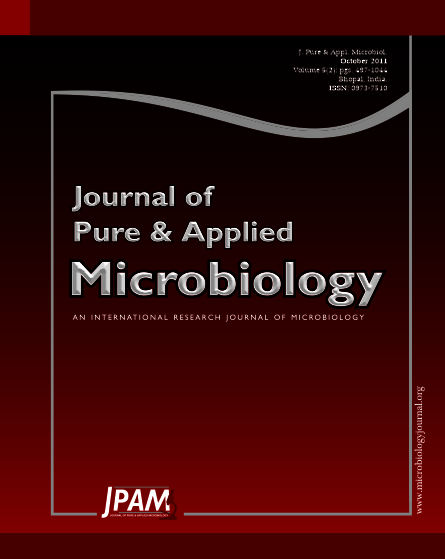The arbuscular mycorrhizal fungal (AMF) biodiversity of 11 tuberous plants species has been assessed with respect to spore population and root colonization. The study area, Anamalai Hills of Western Ghats is known for its rich endemism and diversity of flora and fauna population with divergent climatic factors. A total of 11 plant species of 8 families were assessed, out of this Curculigo orchioides of Amaryllidaceae showed the maximum number of spore population (SP) (548 sp/100g) in the months of winter and minimum was observed in Sansviera roxburghiana a Liliaceae member (180 sp/100g) during months of rainy season. A slight variation in the pattern of spore population and root colonization was observed in the tuberous plants. The maximum root colonization (RC) was observed in Gloriosa superba of Liliaceae (69%) during summer season and minimum was recorded in Curculigo orchioides of Amaryllidaceae (16%) during the rainy season. Five genus of AMF has been found to be associated with the plant species in the study area. Among the five genuses the Glomus is found to be dominant.
AMF, Anamalai Hills, Spore population, Root colonization
© The Author(s) 2011. Open Access. This article is distributed under the terms of the Creative Commons Attribution 4.0 International License which permits unrestricted use, sharing, distribution, and reproduction in any medium, provided you give appropriate credit to the original author(s) and the source, provide a link to the Creative Commons license, and indicate if changes were made.


